Big Wind | They/Them
The Black Snake
Wyoming, USA
Montane Grasslands and Savannas
Session 5: February 2, 2023
Hii3eti Nohobe3en, Hiiseisii Niicie Nee’esih’noo. Hiinono’eininoo noh hoteinicie.1
For millennia, we have all relied on a stable climate for our way of life, the way that we’ve hunted, gathered food, medicines, and planned on living in a community. Now that’s all at risk. The world is becoming warmer and warmer. Hurricanes and disasters are becoming more frequent than that we’ve ever seen. We’re gathering here today because our lives depend on it, and we have a duty to act, because our home is on fire. No more business as usual. Now I’m going to share a story with you, to give you a window into why I’m involved in this movement.
I want you to imagine that you’re waking from a deep sleep, and as you’re opening your eyes, you see the orange and pink hues tint the very edge of the horizon. You are in a tipi, and you can see the sky through the open flaps. As you’re waking up, you hear an indigenous woman joyfully shouting, “It’s Indigenous People’s Day! Rise with the sun! We are meeting at the South Gate for morning prayer. Get up! It’s a new day.”
The birds are chirping, the women are singing, the children are playing, you smell campfire and food. You are at Oceti Sakowin on the Great Plains.
Now, as you gather at the South Gate for morning prayer, you hear that there are invaders coming—coming to desecrate sacred places. People are buried there. People have picked their medicines there year after year, and to think that that wouldn’t be there for your descendants… You decide to venture out with your sister and people who’ve gathered from all over the territory. You’re one of the first on the ground. A tipi goes up. Tobacco ties are wrapped around the tipi, and you are asked to represent the Eagle in the ceremony of the Eagle and Condor.
Now, as you’re standing there with people who’ve gathered from all over the world, and as people are singing and dancing to join forces, you’ll notice that there are armed soldiers arriving en masse at the road. In Hinónoʼeitíít, our sacred language, the Arapaho language, these people are called “touk(u)3eihiiho’”—Those who tie you up. They tell you that the land has been purchased, and even though your blood is from the very land that they stand on, you’re no longer welcome, and they threaten to arrest anyone who decides to stay.
You are filled with emotions. You start walking towards the road. Once you make it to the hillside, you’re looking for your little sister when you notice that your little sister is with fifteen others inside the tipi that was put up on treaty land. Your sister is the first one to be arrested. They slam her to the ground and then drag her away.
How are you not supposed to protect your sister? How are you not supposed to protect your land?
I’m here to tell you that the events in this story didn’t take place 100, fifty, or even ten years ago. I’m here to tell you that this took place on October 10th, 2016 in North Dakota. I was the Eagle in the ceremony. My sister was the first one arrested, on what some people call Columbus Day.
Over the next several months, more and more people would be violated by the mercenaries that protect what we call the black snake. The black snake takes many forms. It’s oil, gas, all fossil fuels that jeopardize our relationship with Mother Earth. Over the next several months, over 1,000 people would be arrested in the process, listed as troublemakers, wrongdoers, terrorists, when they were just trying to protect the land from this inevitable climate change.
My people, the Arapaho, tell traditional stories of a time to come when we will see great destruction, and a great fire will make the world so hot that it could kill everything if we remained idle. I would imagine these stories were talking about climate change. After all, as we said, the world is heating at an unprecedented rate.
And so, in the midst of the sixth mass extinction, we all have to take steps towards a more equitable and feasible future. I’m a water protector who’s been fighting in the front lines, at Standing Rock and Line 3 and various other fights in Turtle Island with ordinary people just like you, because we understand one thing: we cannot ensure the health and well-being of future generations if we don’t take action.
Thank you.
1 In Arapaho: “Good to be here. My name is Big Wind River. I am Northern Arapaho from the Wind River Reservation.”
Big Wind is a Two Spirit member of the Northern Arapaho tribe from the Wind River Reservation. At a young age, Big Wind recognized many injustices and degrees of oppression within their community. They became involved in youth and climate leadership at the age of 13 when they learned of environmental injustice happening near their home. Since then, they have worked on numerous campaigns throughout “Indian Country” including DAPL, TGP, & Line 3. They are currently the Indigenous Stewardship Associate for the Indigenous Land Alliance of Wyoming. Follow them on IG @bigwindriver & @indigenouslandalliance.
